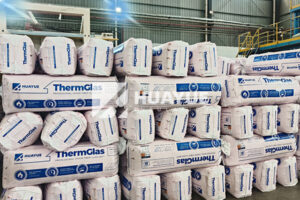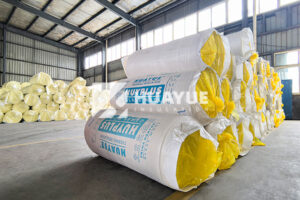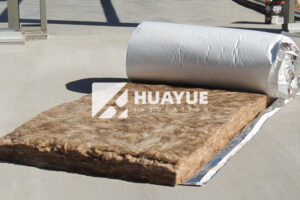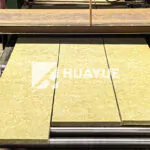What kind of batt should I use for wall insulation?
Not sure which batt insulation fits your wall best? Choosing the wrong material means wasting money and energy—plus dealing with future problems you don’t want.
To get the best wall insulation, choose batts with the right R-value for your climate, consider moisture resistance, fire safety, and how easy they are to install.
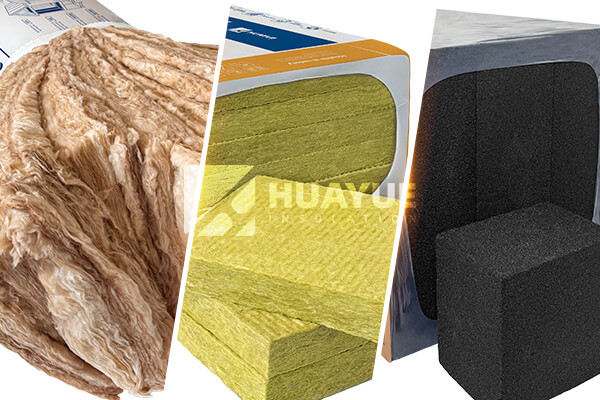
I remember standing in front of a wall frame, stacks of batts nearby, thinking, “It can’t be that hard—just pick the fluffy stuff, right?” But with so many types out there, I realized it’s not a simple decision. The right choice saves you headaches, lowers your bills, and makes your walls last. In this post, let’s break down batt options, so you don’t end up second-guessing every click or swipe you make.
What’s the difference between fiberglass, rock wool, and foam glass batts?
Ever felt overwhelmed by all the insulation choices? So have I. Common batts—fiberglass, rock wool, and foam glass—all promise good performance, but they differ in key ways.
Fiberglass is affordable and popular, but is less dense. Rock wool resists fire and moisture well. Foam glass does not soak up water and provides great fire safety, but costs more. Your choice depends on budget, climate, and whether you need more protection from fire or water.
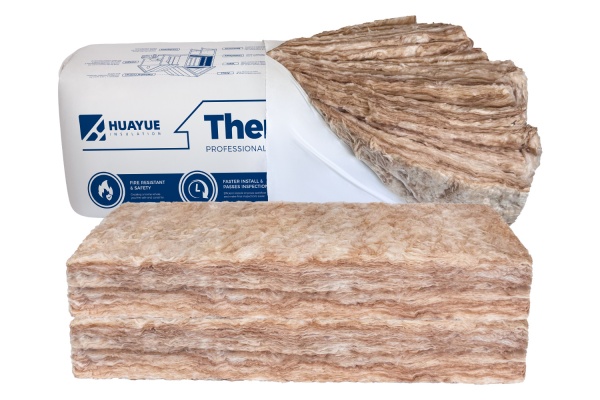
When I first compared these three, I made a table for myself. Here’s a quick view to help:
| Batt Type | R-Value/Inch | Fire Resistance | Moisture Resistance | Price | Sound Insulation |
|---|---|---|---|---|---|
| Fiberglass | 2.9–3.8 | Moderate | Moderate | Low | Moderate |
| Rock Wool | 3.0–3.3 | High | High | Moderate | High |
| Foam Glass | 3.1–3.4 | Excellent | Excellent | Higher | Excellent |
I found fiberglass easy to cut and install, but it can itch. Rock wool cuts with a knife, stays firm in place, and shrugs off water. Foam glass, while pricier, gave me total peace of mind around pipes and electricals in damp basements since it never soaked up leaks. If money is tight and you don’t face extreme fire or moisture risks, fiberglass is a solid start. But for projects where safety, moisture, or sound matter more, I’d pick rock wool or foam glass.
How do I choose the right R-value for my climate?
Not sure what “R-value” really means for your walls? I wondered the same thing. R-value tells you how well the insulation slows heat transfer, keeping you warmer in winter and cooler in summer.
To pick the right R-value batt, follow local building codes. In most places, look for R-13 to R-21 batts for interior walls, but colder regions often need R-19 or higher.
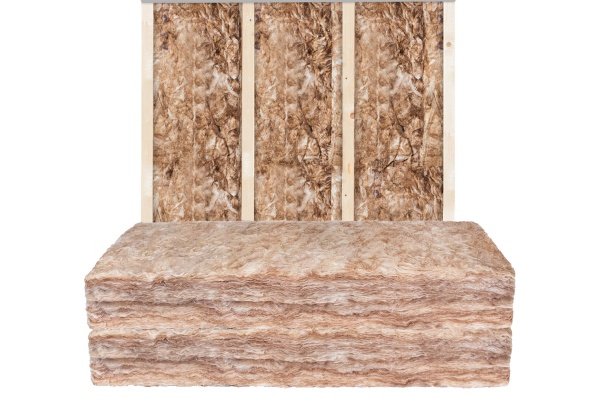
Figuring out R-value felt confusing until I checked a simple map from the U.S. Department of Energy. Here’s a rough guide:
| U.S. Climate Zone | Wall R-Value (min) |
|---|---|
| 1-2 (Hot) | R-13 |
| 3-4 (Mild) | R-13 to R-15 |
| 5-7 (Cold) | R-19 to R-21 |
| 8 (Arctic) | R-21+ |
I learned it’s best to go one level above code if you have the budget, especially if you plan to stay in the house for years. Higher R-value batts keep rooms stable, help your HVAC last longer, and make energy bills much less scary over time. In Germany, where my friend Hans works, he always checks the DIN standards as well and matches insulation to the harsh winter he faces.
What about moisture and fire safety for wall batts?
Worried about batts getting wet or burning? I’ve been there, too—especially for basements and garages. Some insulation types soak up water and lose their puff—and their power.
Fiberglass can trap some moisture but dries out if air moves well. Rock wool resists water better, won’t burn, and often earns top scores for safety. Foam glass stands alone for moisture-proofing and is non-combustible, protecting against water and fire at once.
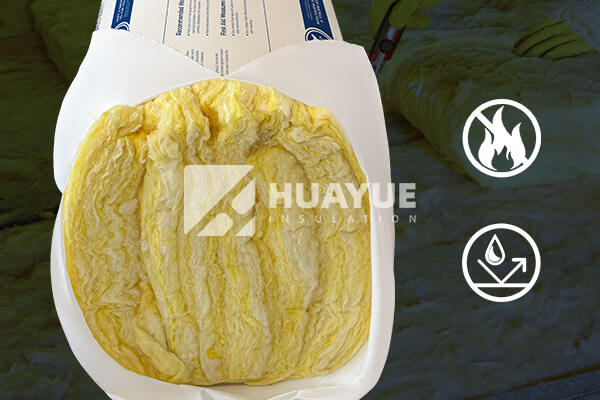
After seeing water drip down a cold basement wall and feeling old fiberglass turn soggy, I began trusting rock wool and foam glass more. Rock wool kept shape and did not mold even after a leak. Foam glass, made from recycled glass, is a solid block—water cannot get in, and there’s nothing to catch fire. In areas where I had lots of wiring or nearby heat, foam glass brought me peace of mind. If you worry about hidden pipes or live in wildfire territory, these small details mean big long-term savings.
Which batts make DIY wall insulation easiest?
Trying to install wall insulation by yourself? I’ve handled all three batts on my own, and some were much easier than others.
Fiberglass batts stay soft and light, so they fit into wall studs quickly. But they shed tiny glass fibers—wear gloves and sleeves. Rock wool cuts straight with a knife and stands up inside the wall well. Foam glass works best in pre-cut blocks, but is heavier and tougher to fit around odd corners.
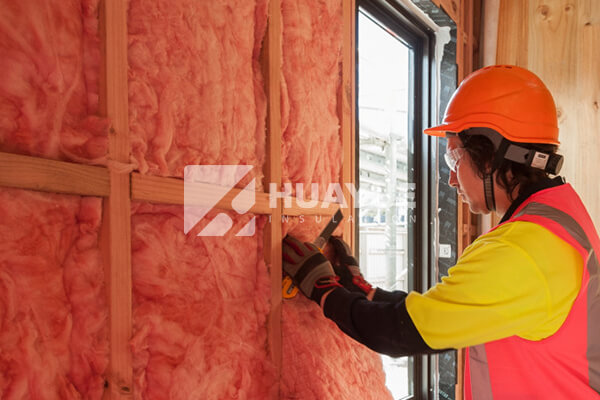
In my garage project, I started with fiberglass. It filled empty spaces fast, but I soon itched from the fibers. Later, I used rock wool for a bedroom wall. It was firmer, fit right, and made less mess. I cut it to size and it sprang back, snug against every stud. For one tank in my shed, I needed maximum water and rodent proofing, so I splurged on foam glass—it took muscle, but once it was in, I felt like it could last a century.
If this is your first time doing wall insulation, I’d pick fiberglass for speed but suit up with protective gear. If you want a tighter fit and less itch, go with rock wool. Foam glass is for projects where durability, not speed, is the biggest goal.
Conclusion
The best batt for your wall depends on R-value needs, moisture and fire hazards, and how easy you want the job. Picking right pays off for years.
You may also be interested in:
Ready to Get Started?
Get in touch with our experts for personalized solutions tailored to your needs.
Get Free QuoteLatest Articles
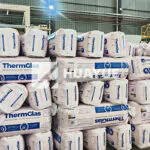
Glass Wool Fire Rating: How Safe Is Your Insulation?
Dec 25, 2025
Let's Work Together
Ready to take your business to the next level? Get in touch with our team of experts and let's discuss how we can help you achieve your goals.
Get Free Solutions
